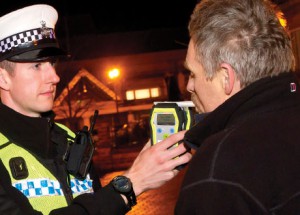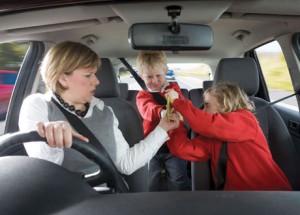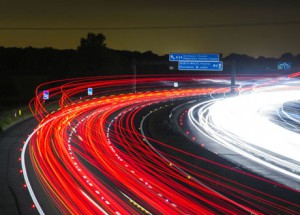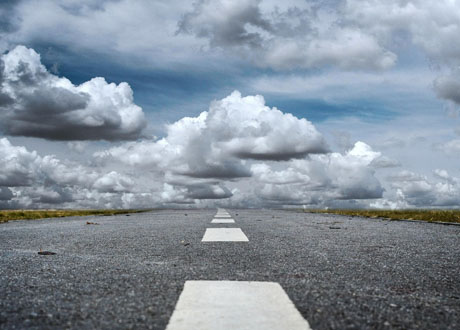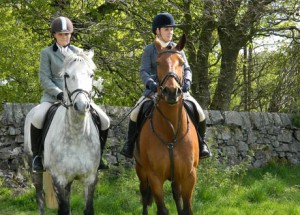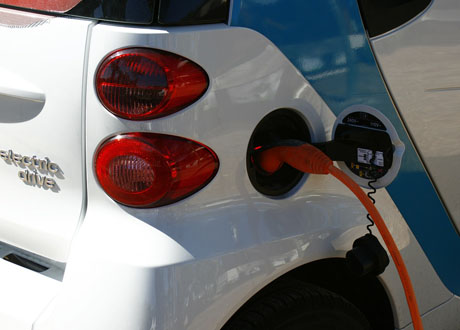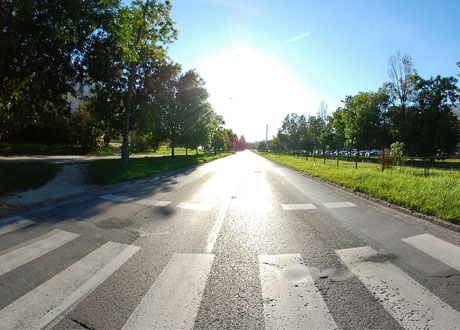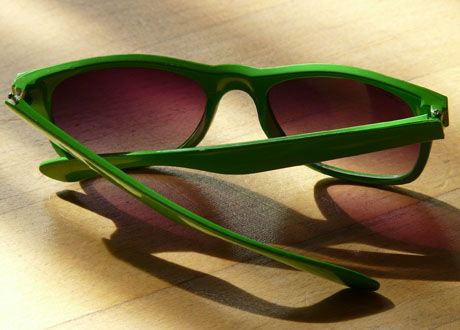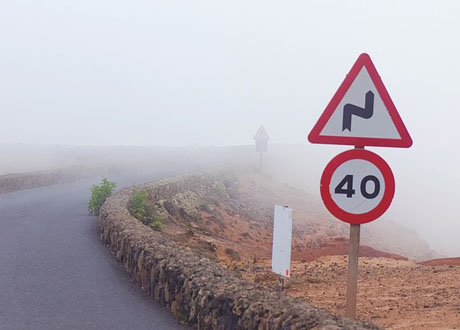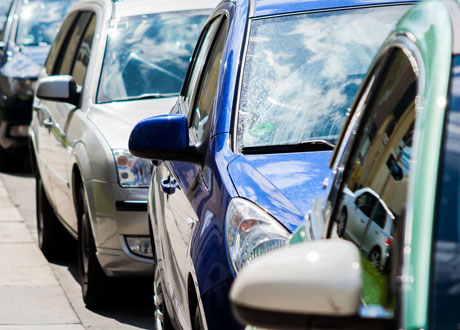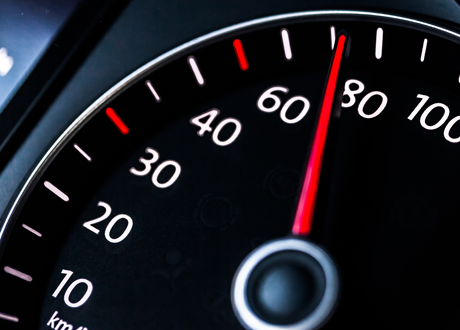Using the Road
Drink & drug driving
You can still be over the drink drive limit well into the next day. If you are caught the penalties are the same, so think twice about driving the next morning if you have been drinking the night before. Drugs can also affect your mind and body in many different ways that will influence your ability to drive safely.
Driver distraction
Driving is a complicated task, requiring 100% concentration to ensure that you keep your vehicle on the road. A minor distraction leading to a momentary lapse in concentration can lead to a collision and you can be prosecuted for careless driving as a result. Distractions include having a conversation on your phone, eating, drinking, texting, using social media, programming the Sat Nav, and adjusting controls.
Driver fatigue
Fatigue reduces reaction time, which is a critical element of safe driving. It also reduces vigilance, alertness, concentration and the ability to make decisions. Driver fatigue is a serious problem resulting in many road collisions each year. Learn more about warning signs and prevention in this section.
Driving for work
Some employers believe, incorrectly, that provided they comply with certain road traffic law requirements, this is enough to ensure the safety of their employees, and others, on the road. However, health and safety law applies to on-the-road work activities as to all work activities, and the risks need to be effectively managed. This section provides you with further information and useful links on driving for work.
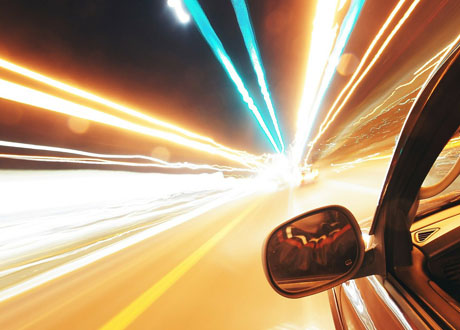
Speeding
Excess and inappropriate speed is a major contributory factor in one third of collisions on UK roads. You put yourself and others at risk – speed limits are there to give you time to react to potential hazards and also reduce the severity of injury if a collision occurs.Equestrian
Horse riding is a popular activity in rural North Yorkshire and encountering horses on the road is a regular occurrence. This section will help both riders and motorists stay safe around each other by making each aware of their responsibilities on the roads.
Green travel
You can minimise the impact of vehicles in communities, cut costs and reduce your CO2 consumption by making some smarter choices when it comes to travelling about. Find out what the alternatives are to using your car all the time.
Walking
For short journeys of under a couple of miles, especially the school run, walking can be a good way for all the family to get some exercise. If this is something you had not considered before, find out how simple it can be, how much time and stress you can save, and how to keep everyone safe.
Clothing
Being bright on the roads helps you to be seen – even in daylight, something bright can make you stand out from the background if you are out walking, on your bike, your horse, or you are waiting near your vehicle for a recovery truck.
Road signs
Road signs are there to give road users information, some are to tell you what to do, like give way at a junction, or maintain your speed under 30mph in a village. Some are to tell you what you shouldn’t do, such as never to park on the zig zag markings outside of a school. This section provides further information on the most used roadsigns and what they mean.
Statistics
To help us target our interventions and ensure our campaigns are data-led and represent value for money, we rely on data and information from collisions to inform our decisions. Here is where you can find all of this information.
Speed concerns
We want everyone to be able to use our roads safely whether they cycle, walk, drive or ride and whether they use the roads for work or leisure. See how we assess if there is a speeding issue at an identified site and outcomes of speed concern assessments we have completed.




